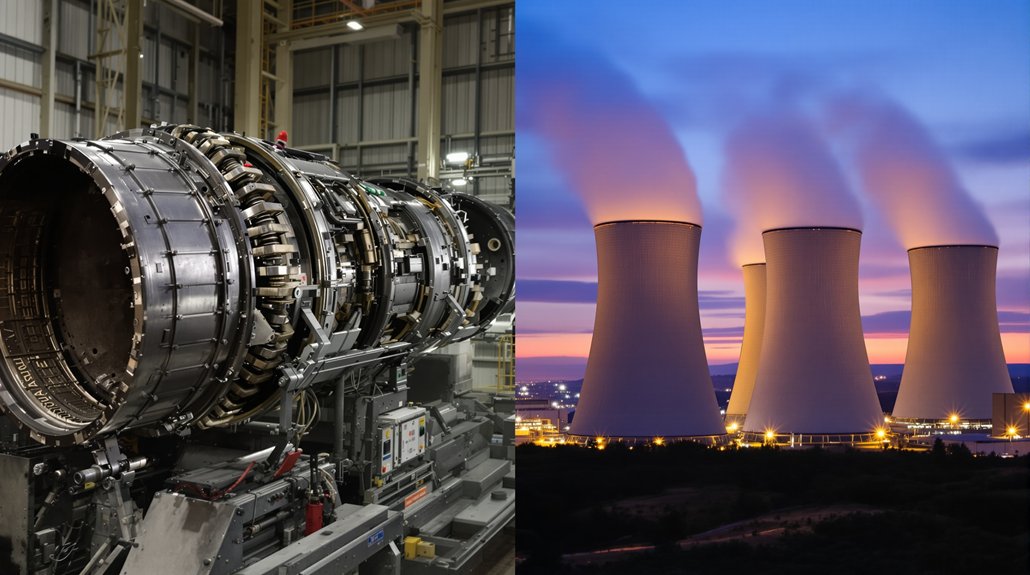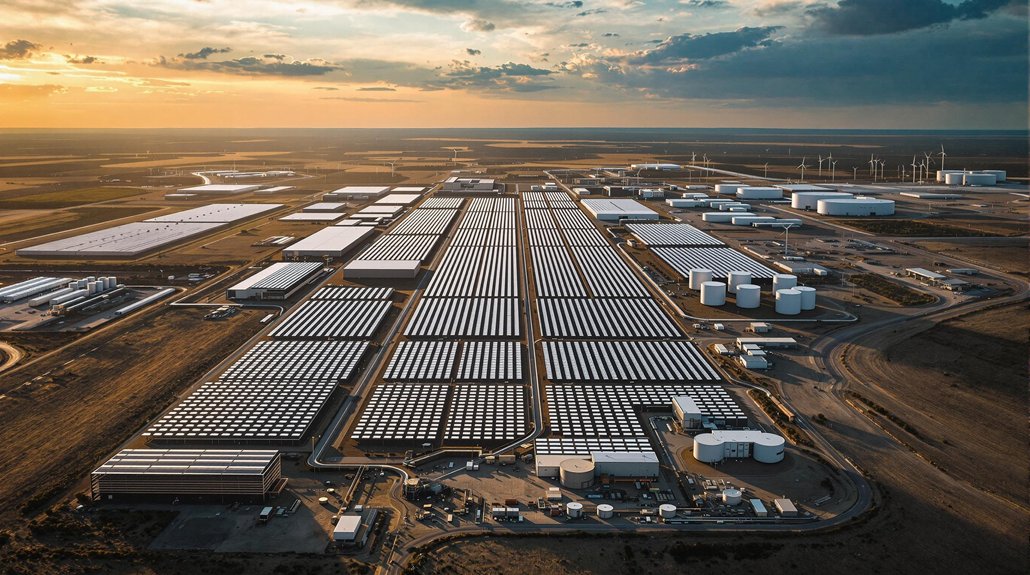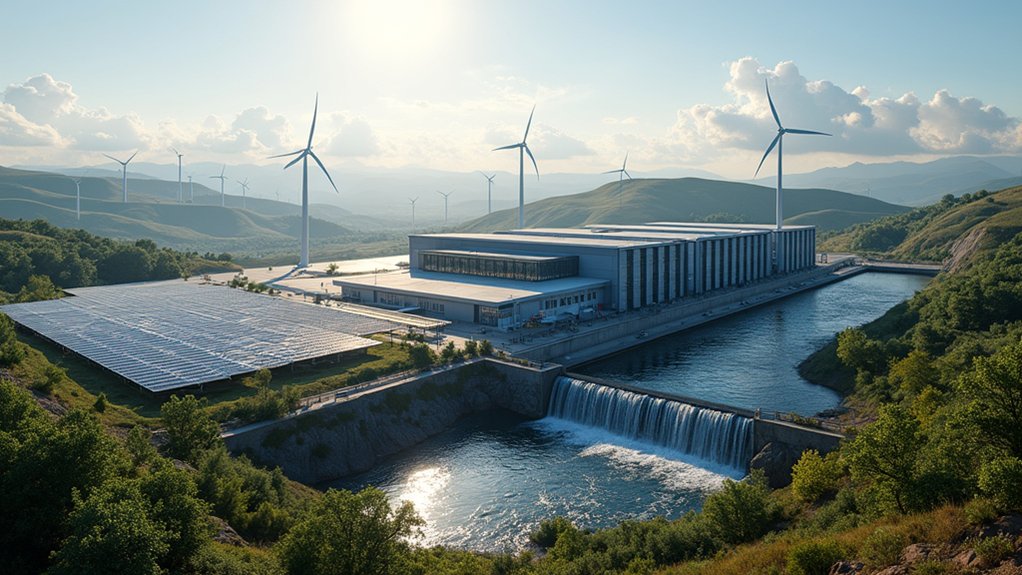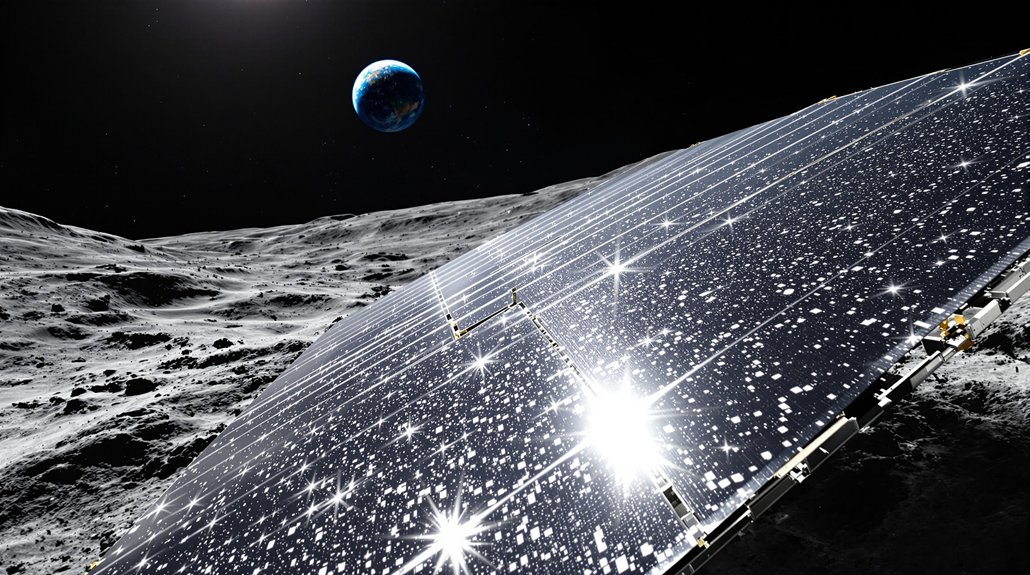While the tech world continues to buzz about AI’s potential to transform everything from healthcare to entertainment, MIT researchers have been quietly tackling a problem that threatens to derail the entire AI upheaval: its voracious appetite for electricity.
The numbers are honestly terrifying. AI computing centers already gulp down 4% of US electricity, and experts predict this could balloon to 15% by 2030. Let that sink in. After decades of flat electricity demand in America, AI showed up and blew the curve. Thanks, Skynet.
MIT isn’t just wringing its hands about the problem. Their researchers developed a system that exploits two types of data redundancy—sparsity and symmetry—simultaneously. Previous methods could only handle one or the other. Not exactly efficient, right?
The results speak for themselves: up to 30 times faster computing in some tests. Less computation, less bandwidth, less memory usage. All without sacrificing performance. It’s like getting a Ferrari that runs on fumes.
But here’s the twist: this matters beyond saving a few dollars on electric bills. MIT’s Energy Initiative identified data center power demands as a genuine threat to grid stability and climate goals. Half of their symposium participants ranked carbon intensity as their top concern. Power reliability came second. Turns out keeping the lights on still matters.
The beauty of MIT’s approach is its accessibility. Scientists don’t need to be AI wizards to optimize their algorithms. The user-friendly design democratizes efficiency gains across fields like medical imaging and speech recognition.
Meanwhile, businesses are burning through billions on AI without seeing returns. A stunning 95% of organizations achieve zero return on their AI investments. Maybe they should focus on efficiency first?
MIT’s vision balances local electric supply issues with broader clean energy targets. The symposium revealed that the central U.S. offers lower costs for clean electricity due to abundant solar and wind resources. The computational power required for AI systems is doubling every 100 days, creating an unprecedented urgency for efficiency innovations. Because what good is a superintelligent AI if we can’t keep the power on to run it? Even a single ChatGPT conversation consumes as much electricity as charging a phone, highlighting the urgency of MIT’s efficiency solutions.
References
- https://energy.mit.edu/news/confronting-the-ai-energy-conundrum/
- https://news.mit.edu/2025/confronting-ai-energy-conundrum-0702
- https://news.mit.edu/2025/user-friendly-system-can-help-developers-build-more-efficient-simulations-and-ai-models-0203
- https://www.axios.com/2025/08/21/ai-wall-street-big-tech
- https://fortune.com/2025/08/18/mit-report-95-percent-generative-ai-pilots-at-companies-failing-cfo/








